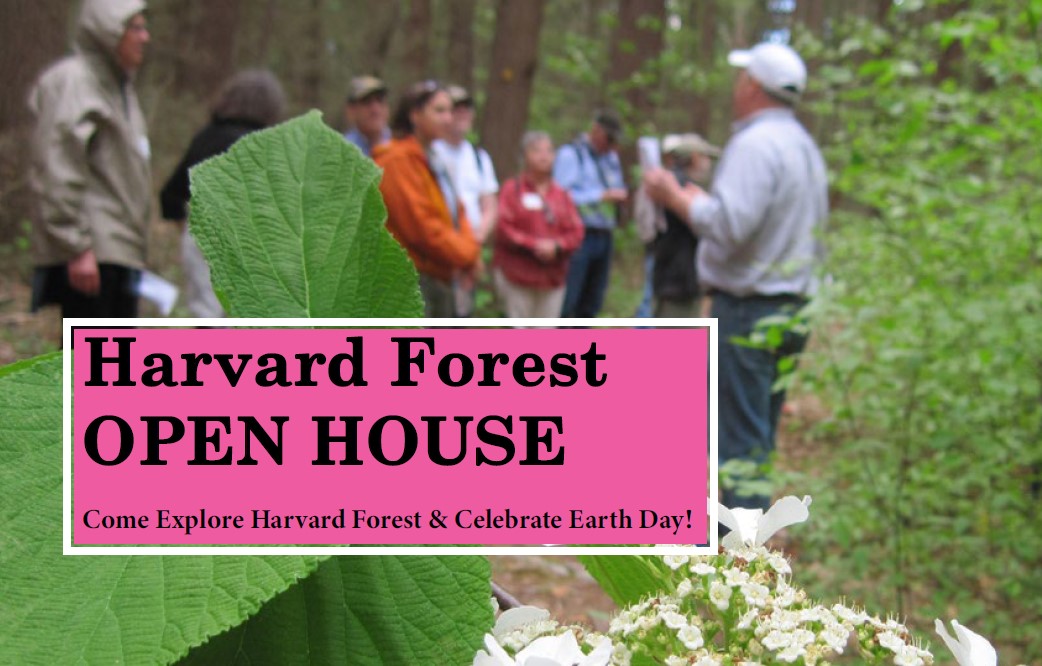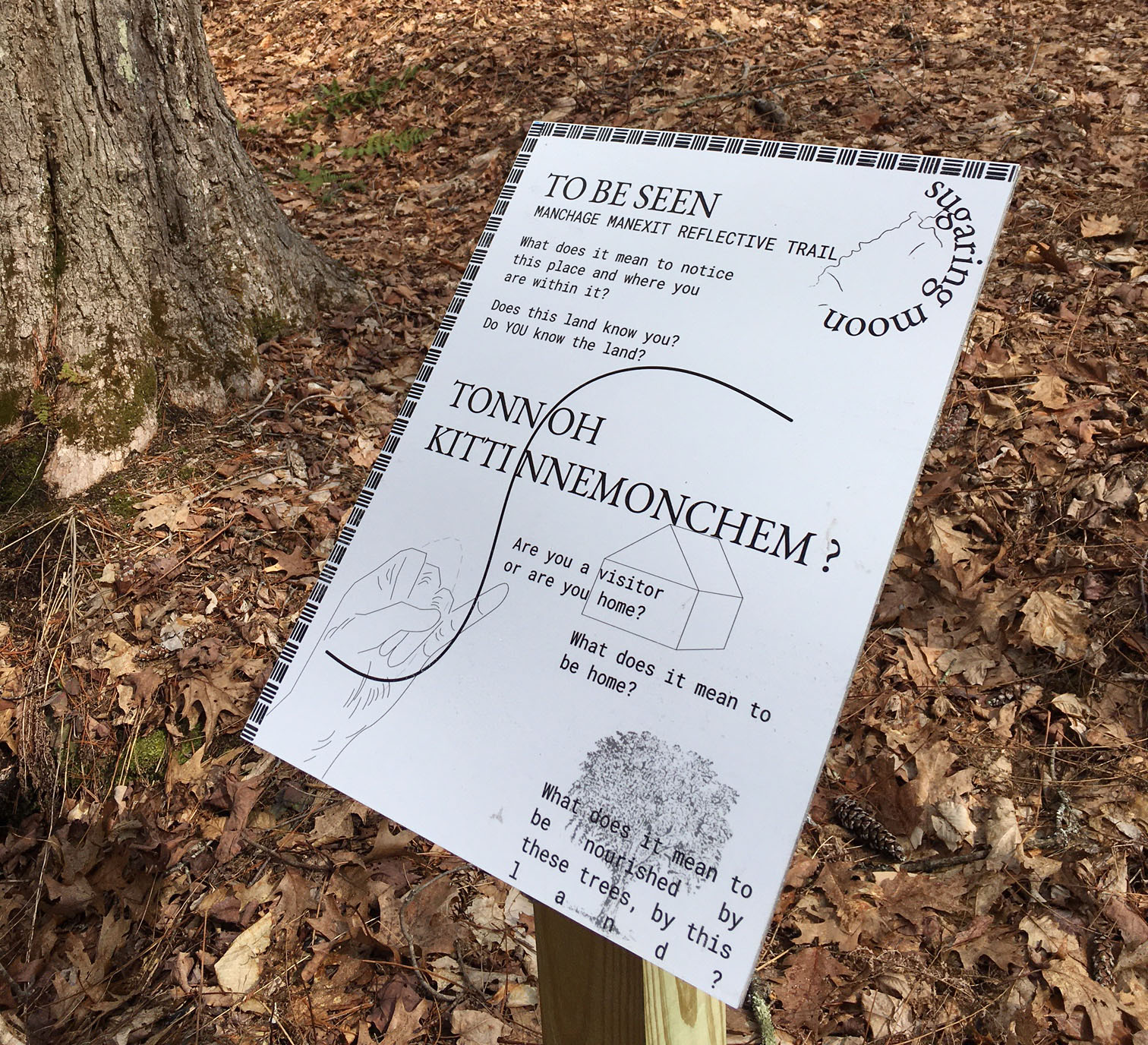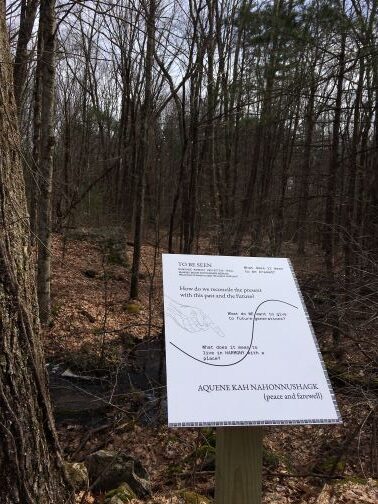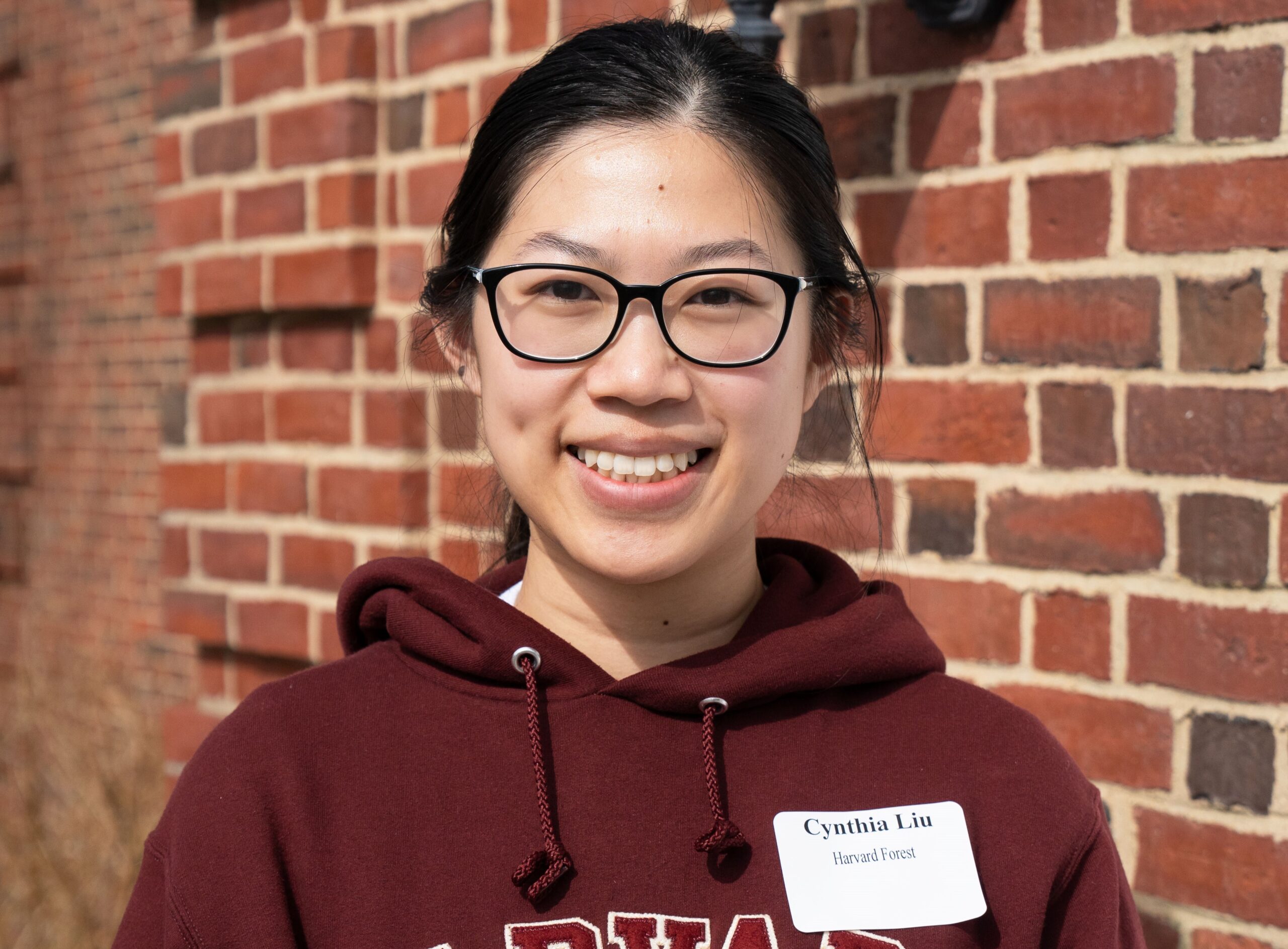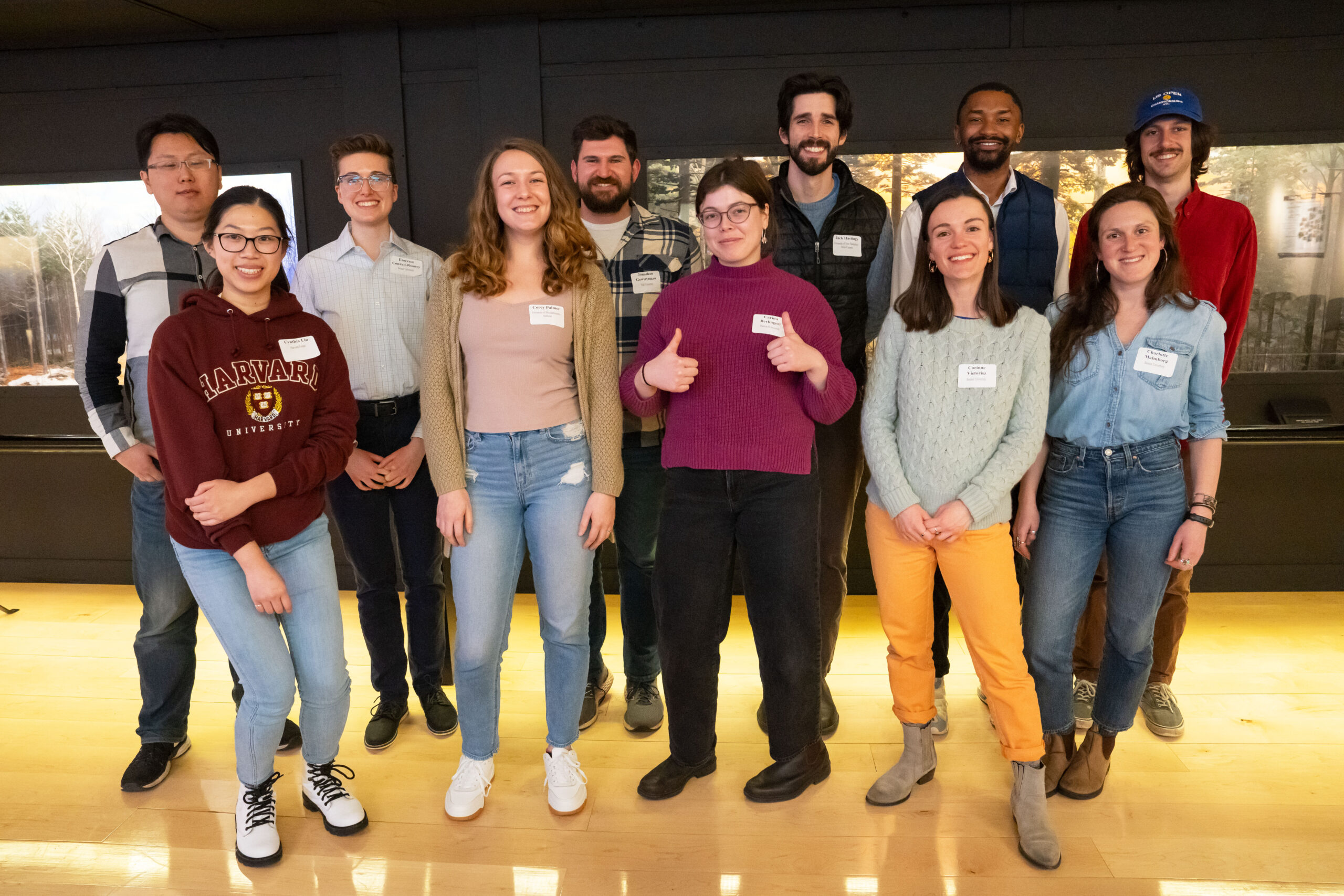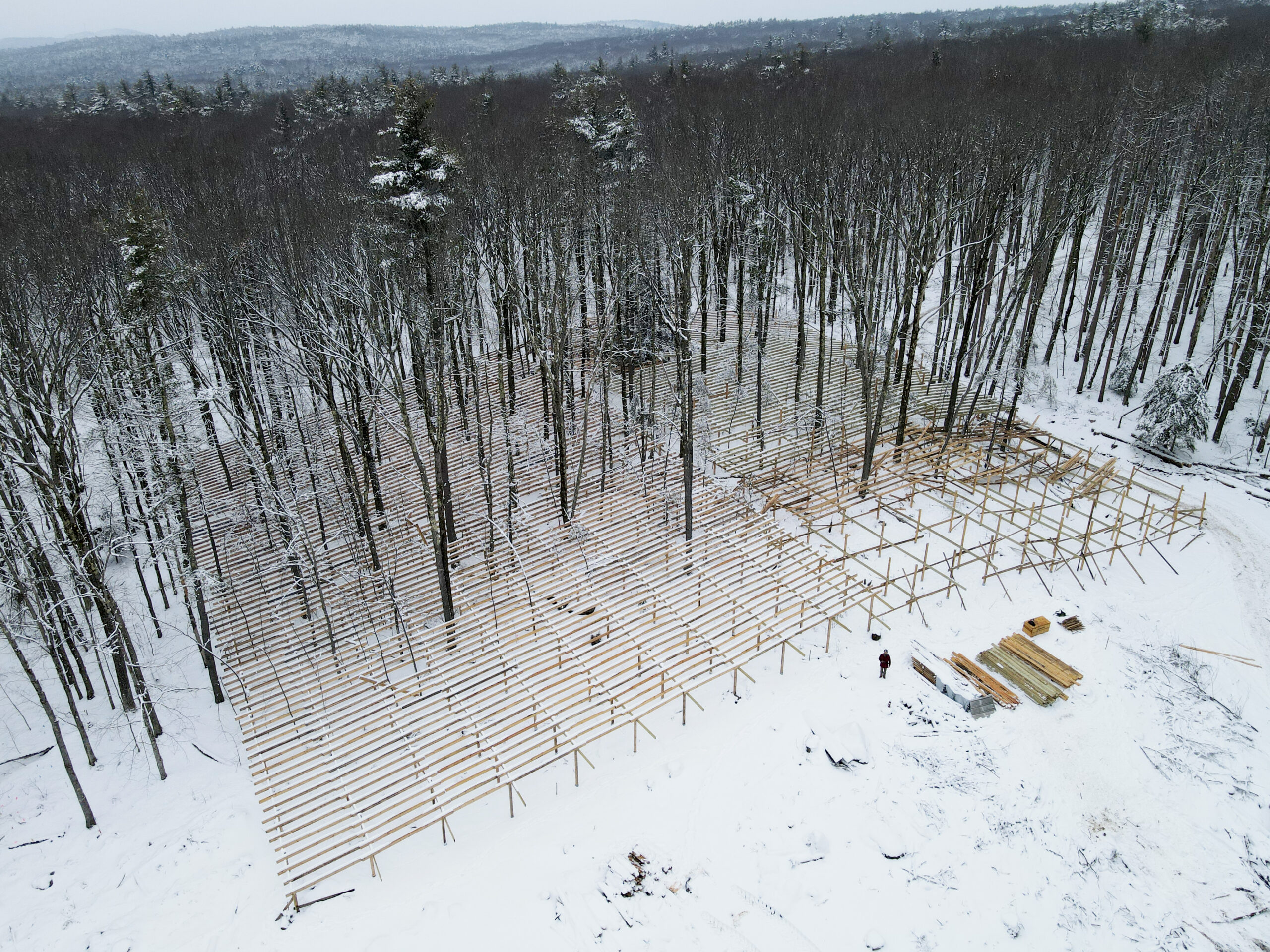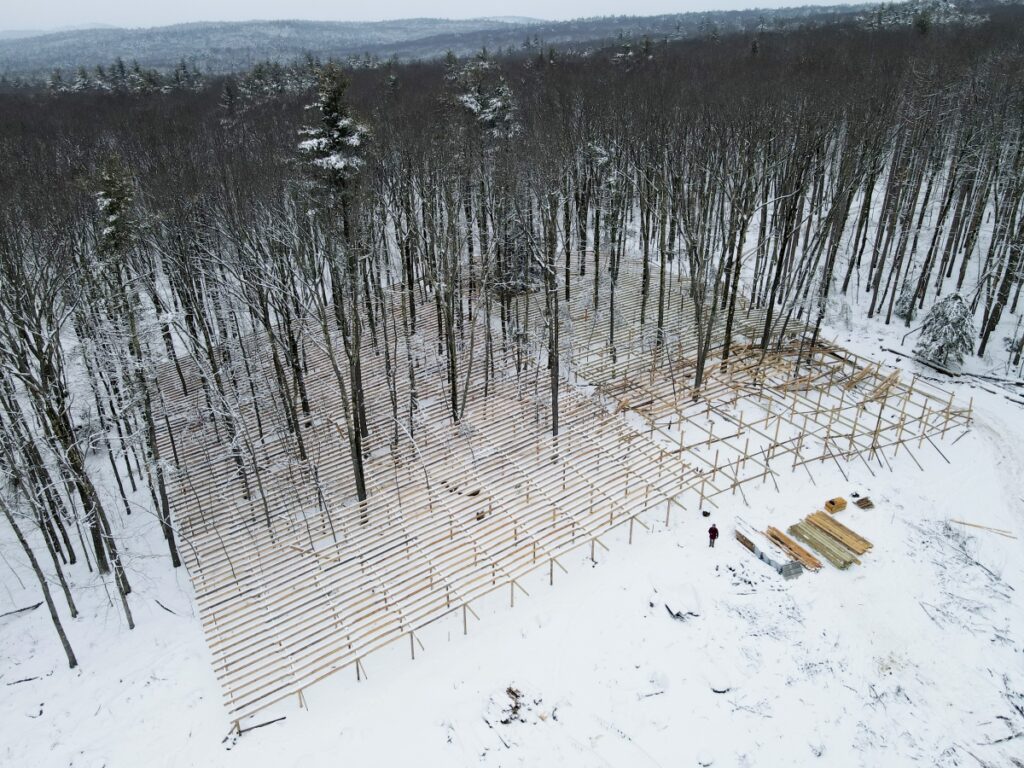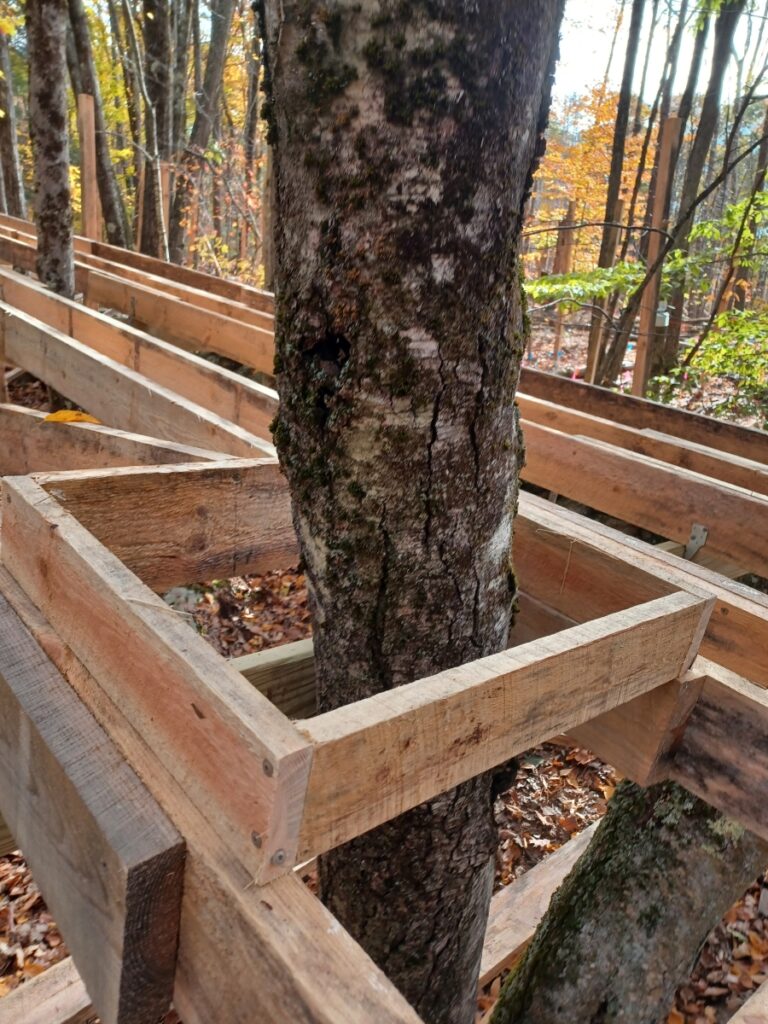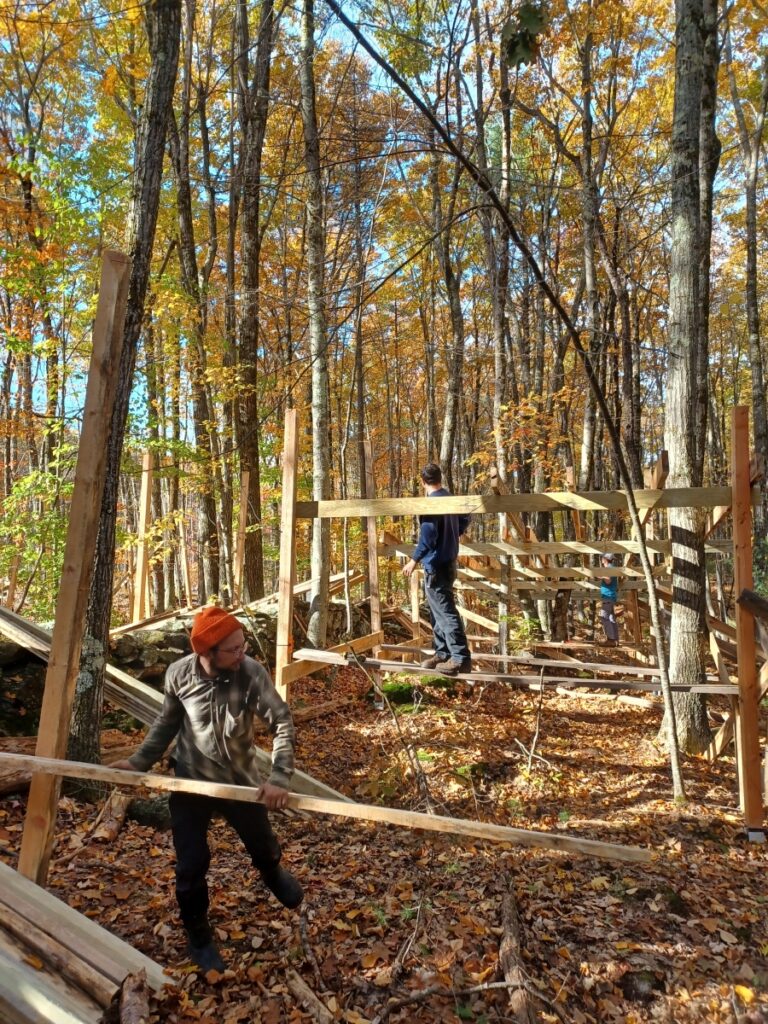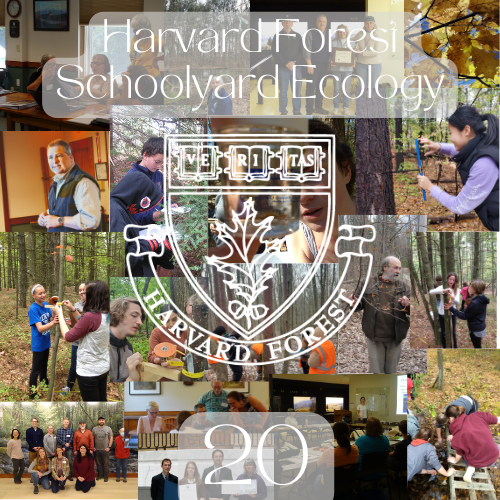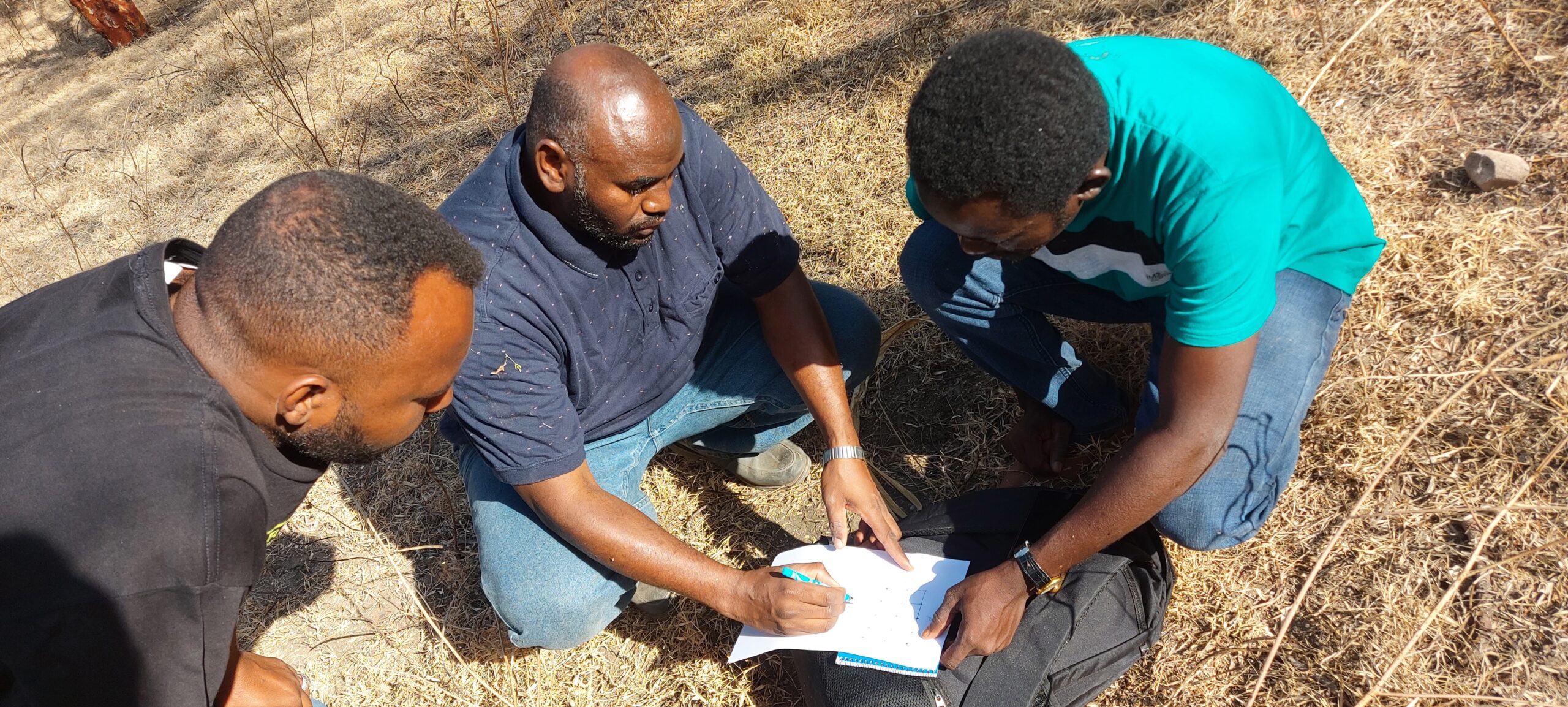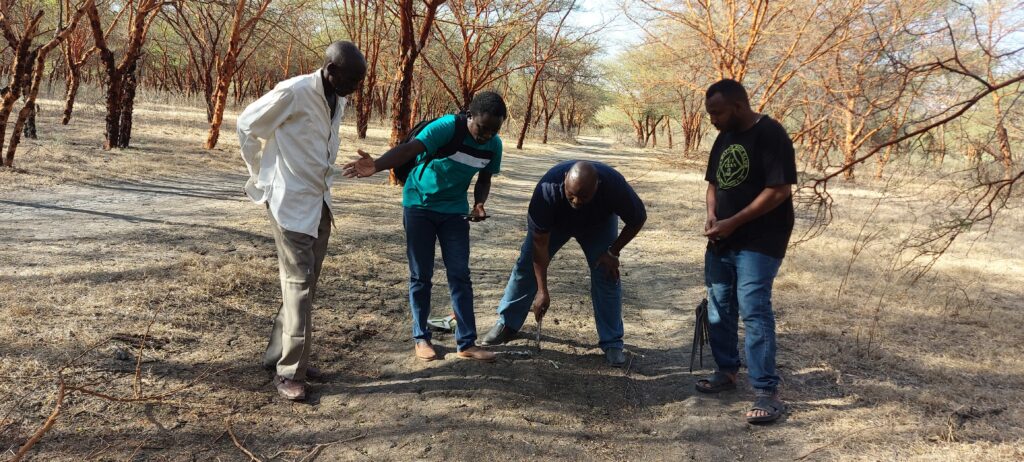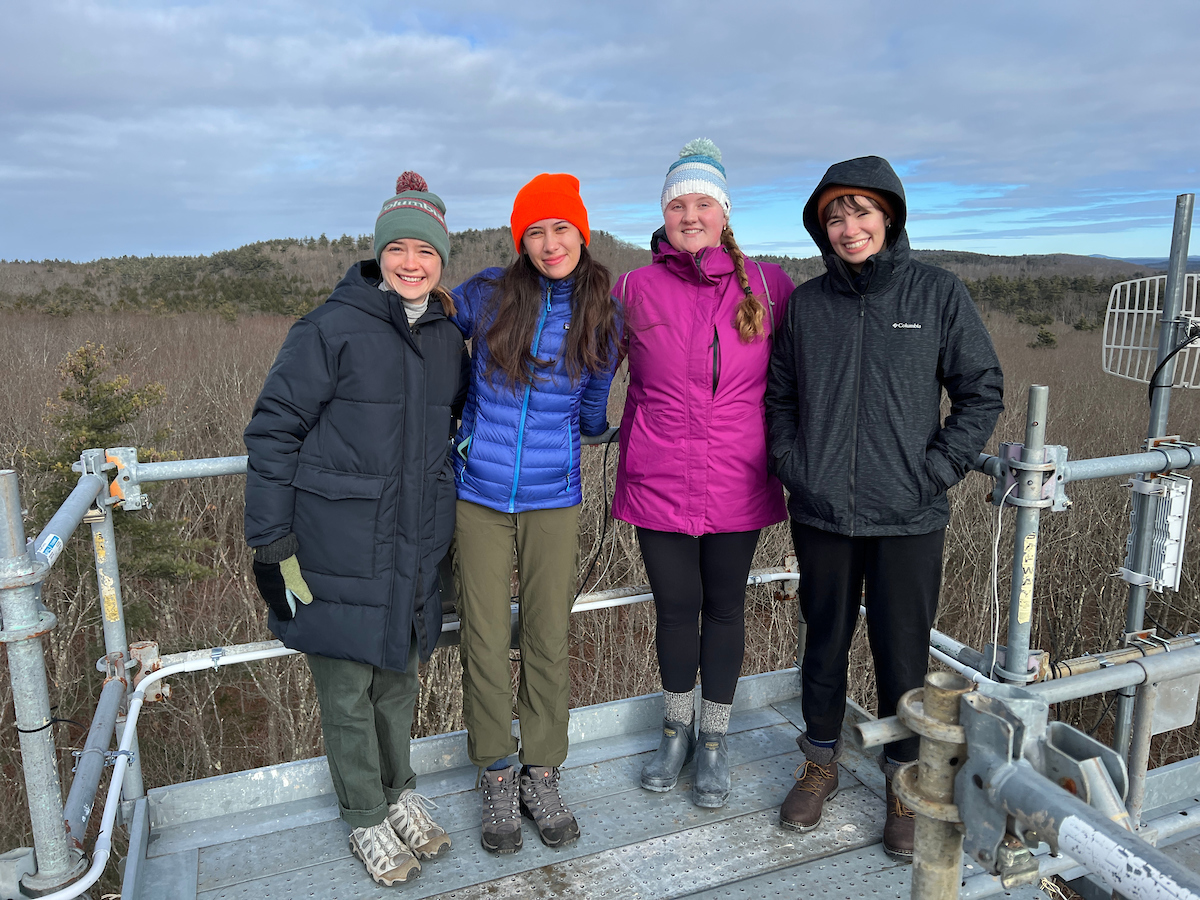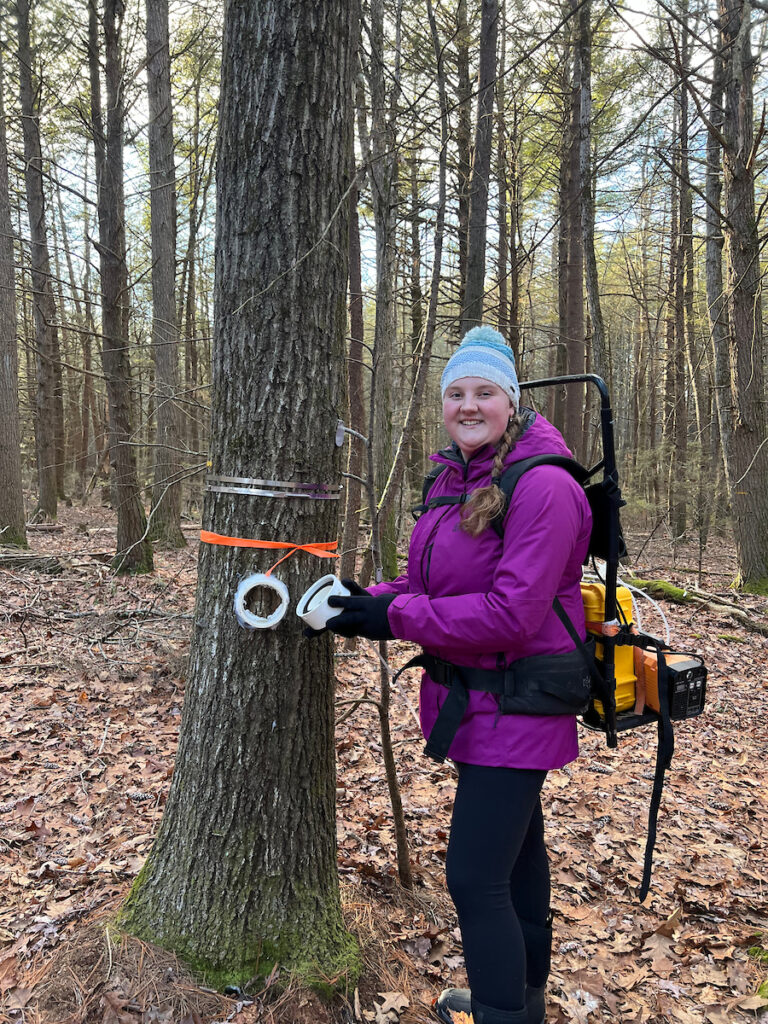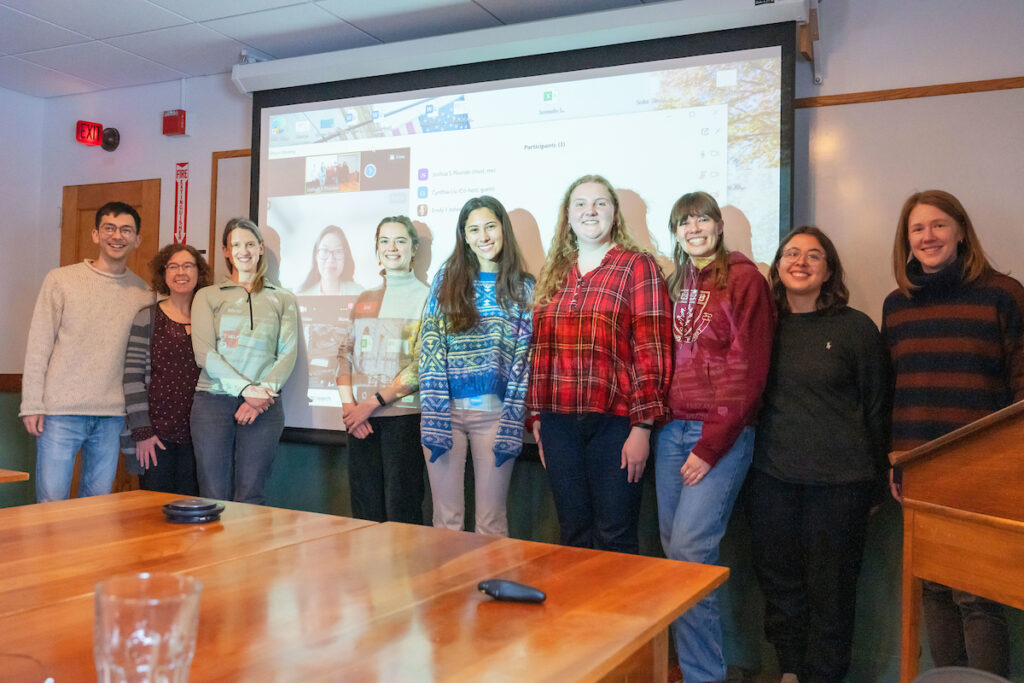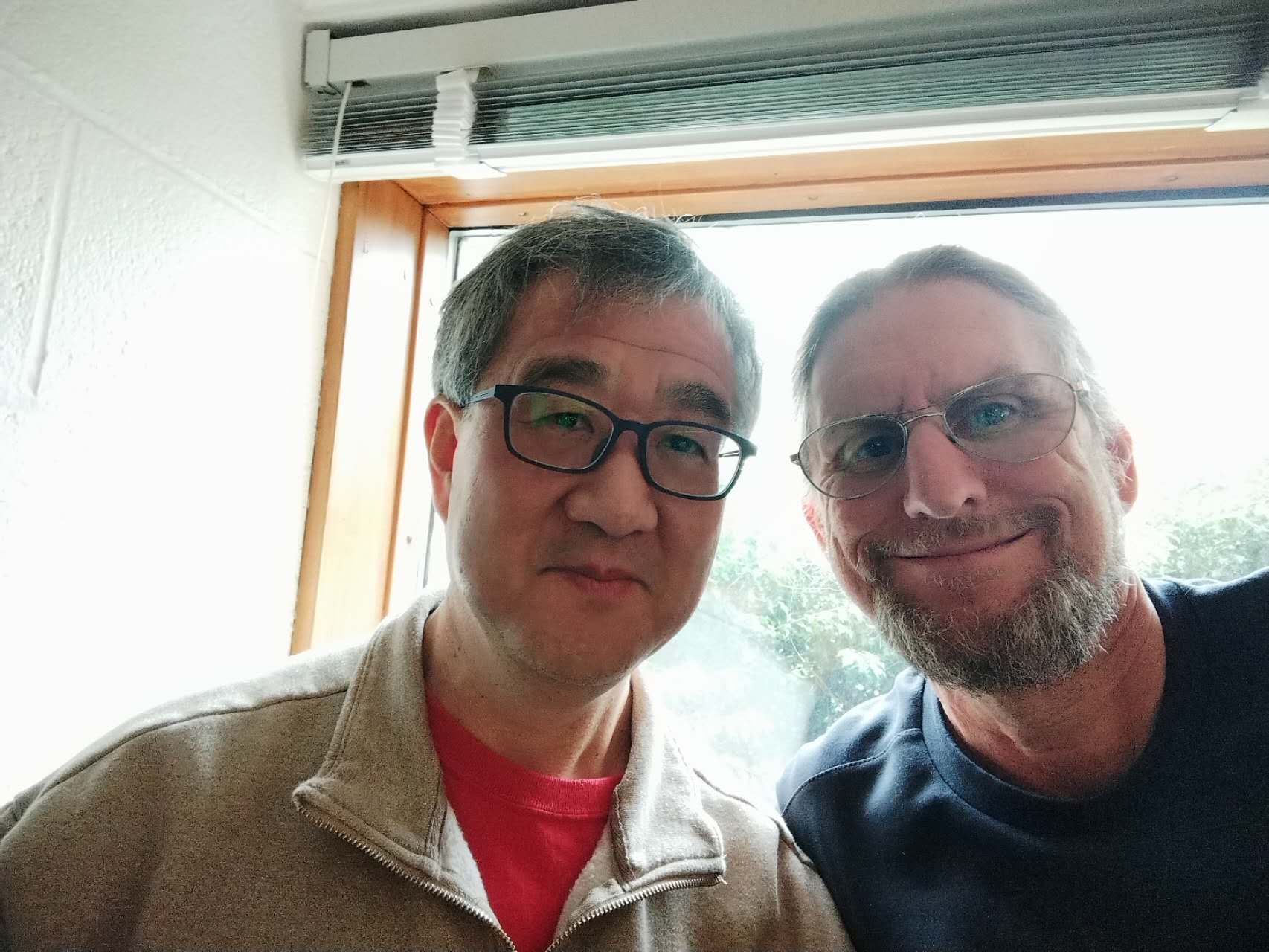Harvard Forest welcomes you to an Open House on Saturday, April 27 from 1-4pm. Join us for lawn games, guided tours, art activities, and a tree planting in honor of Earth Day. This free event is open to all ages; RSVP is not required. Contact HF-edu@fas.harvard.edu with questions.
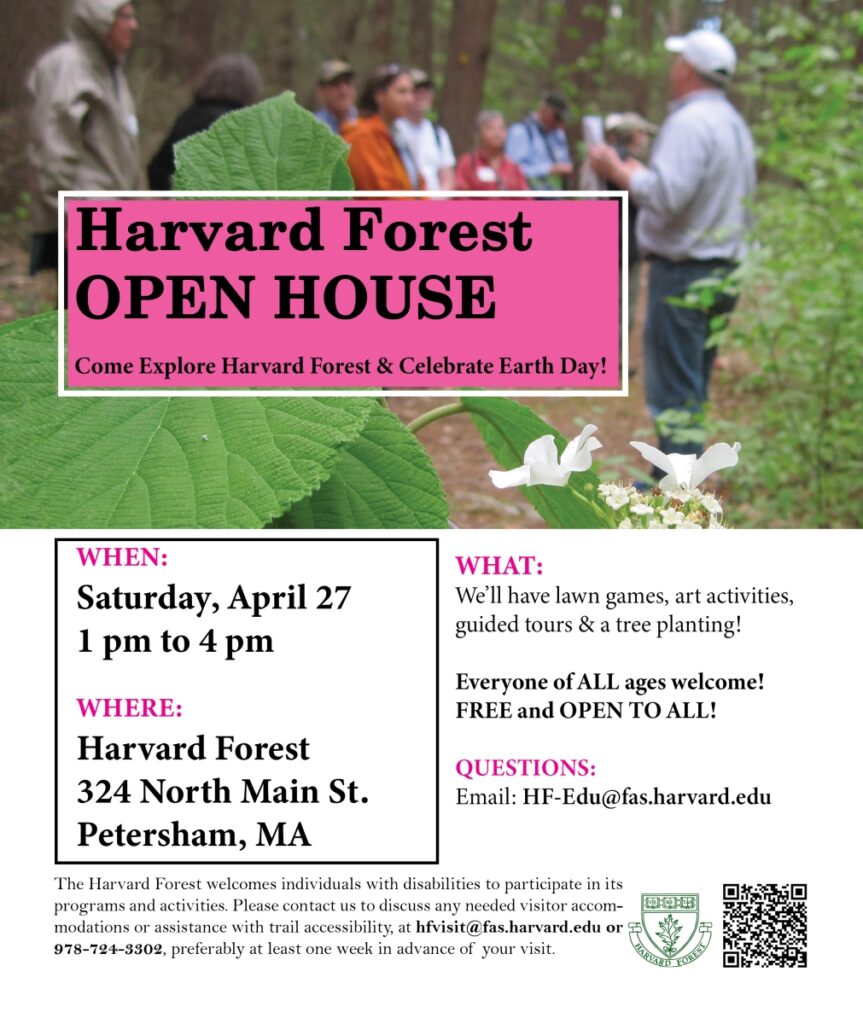
The Harvard Forest welcomes individuals with disabilities to participate in its programs and activities. Please contact us to discuss any needed visitor accommodations or assistance with trail accessibility, at hfvisit@fas.harvard.edu or 978-724-3302, preferably at least one week in advance of your visit.
